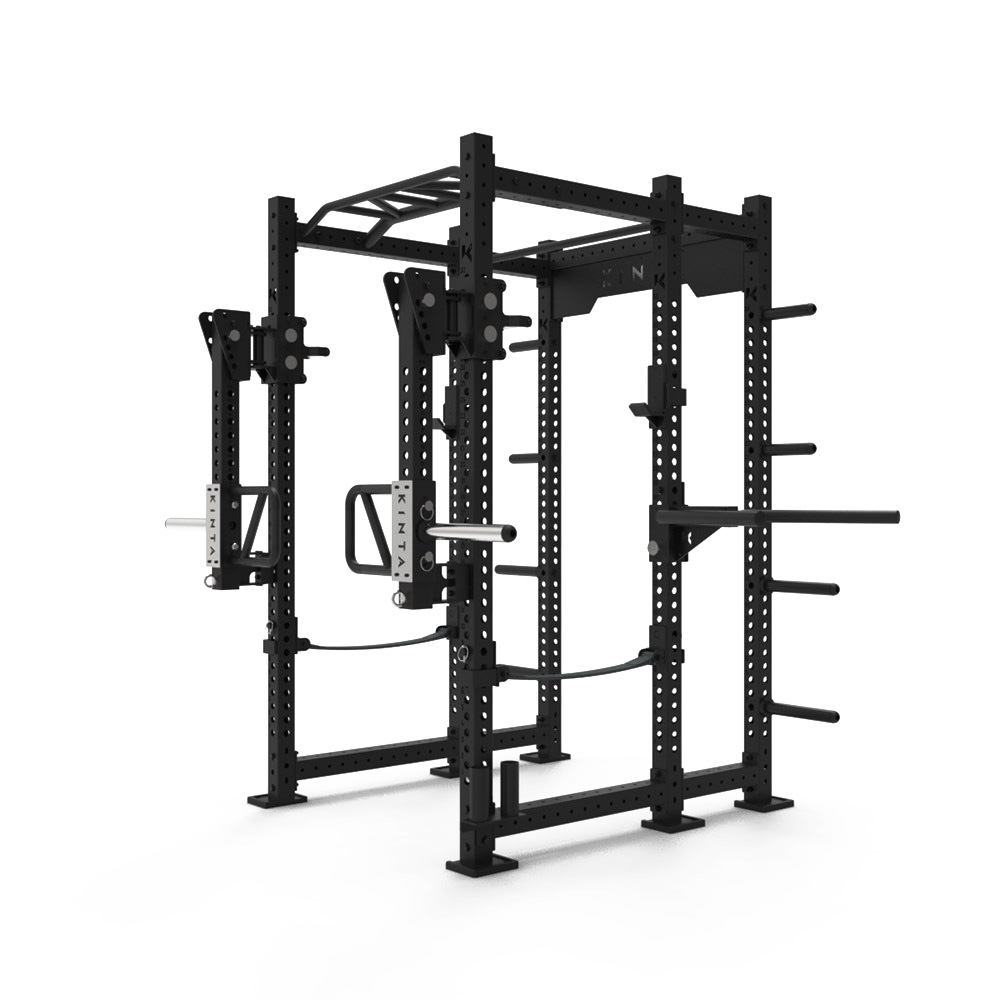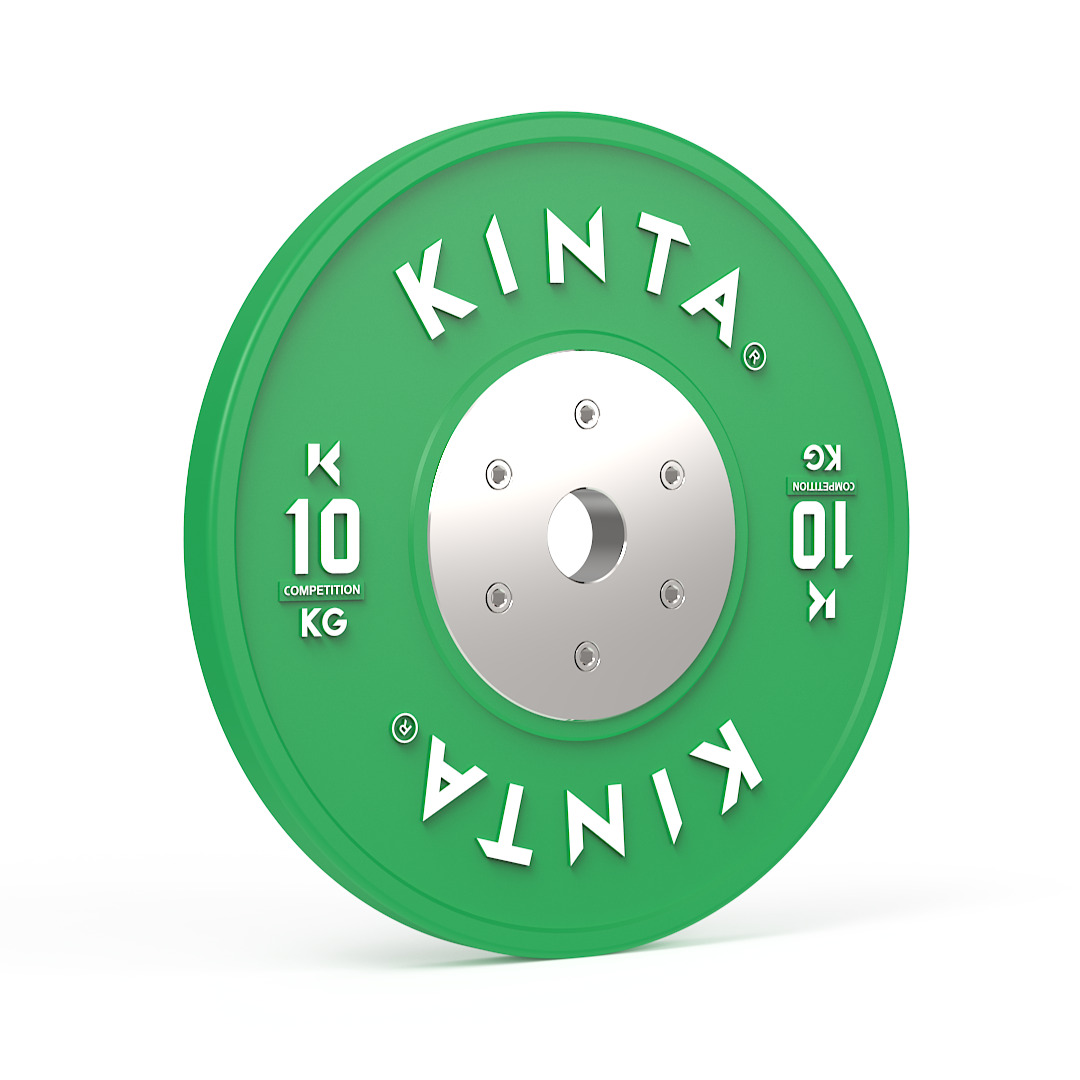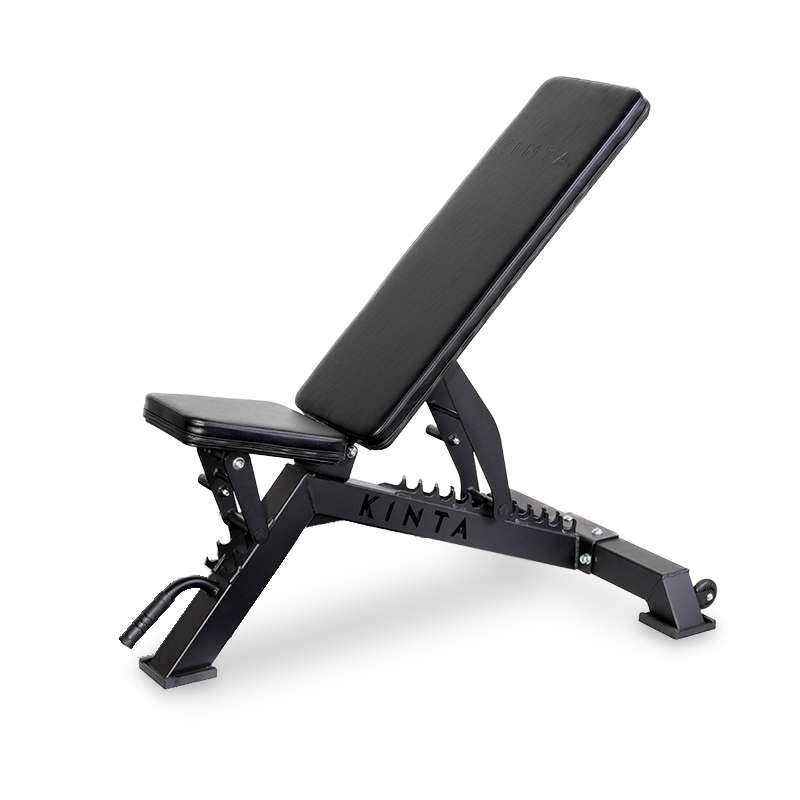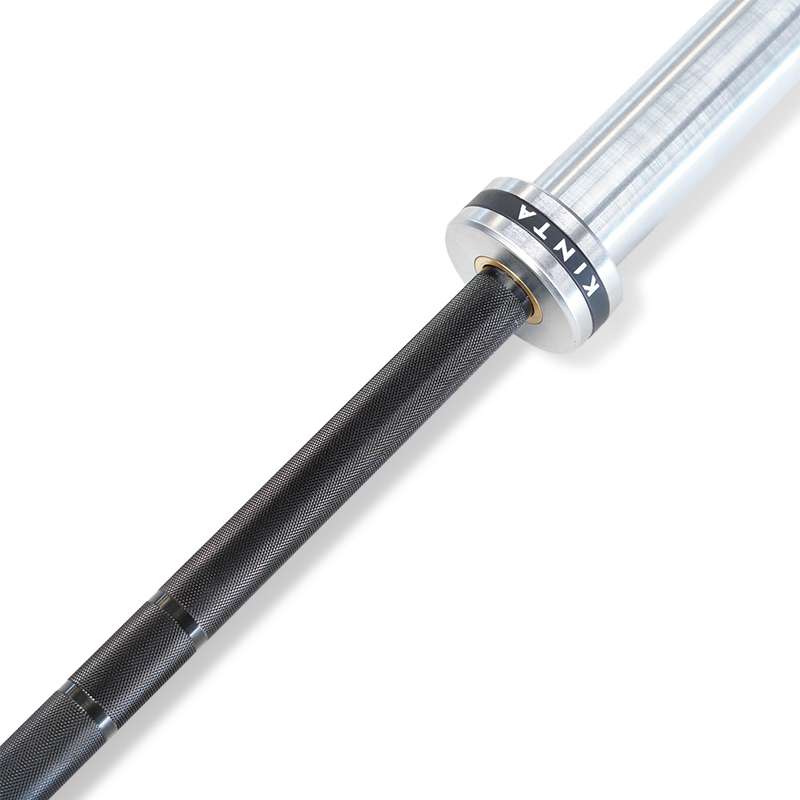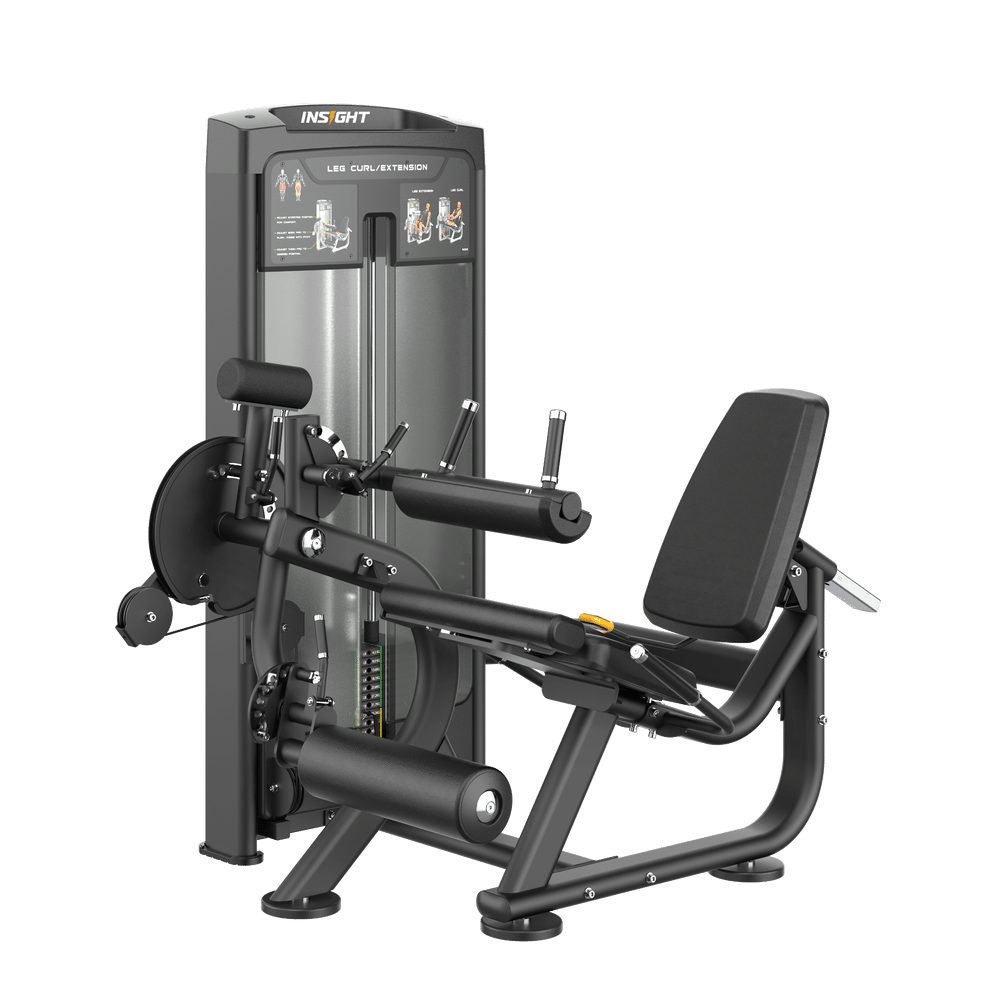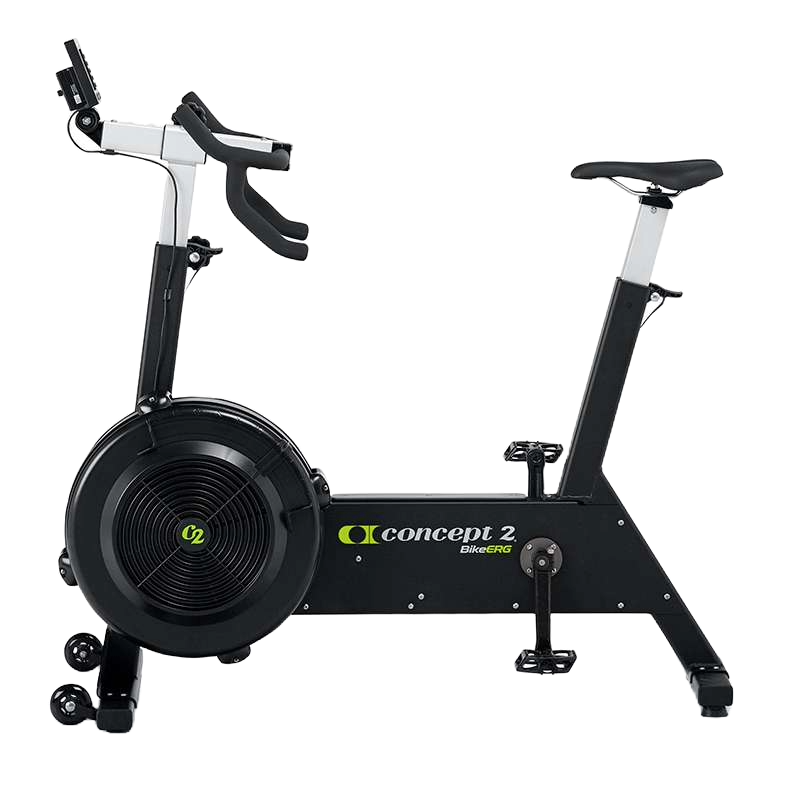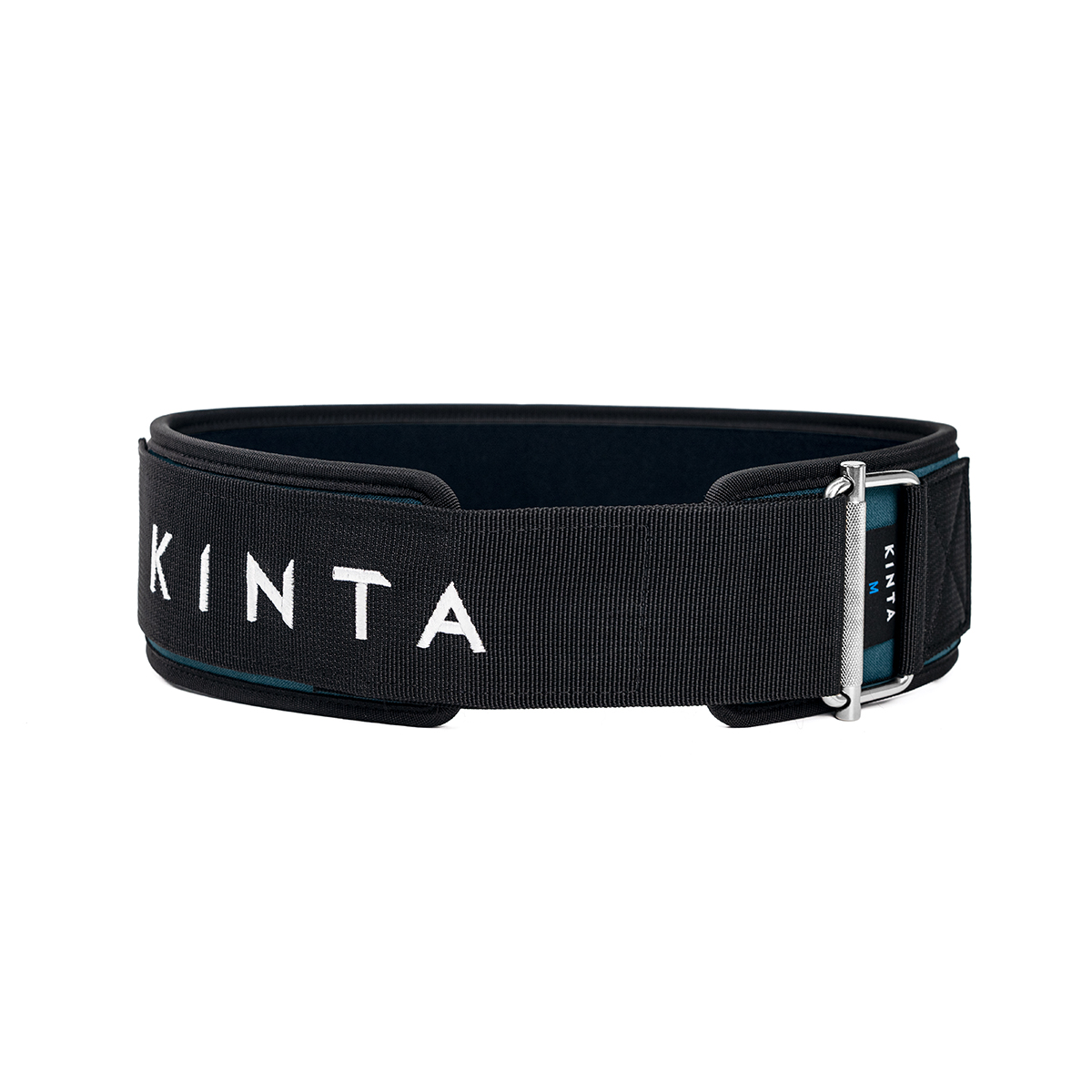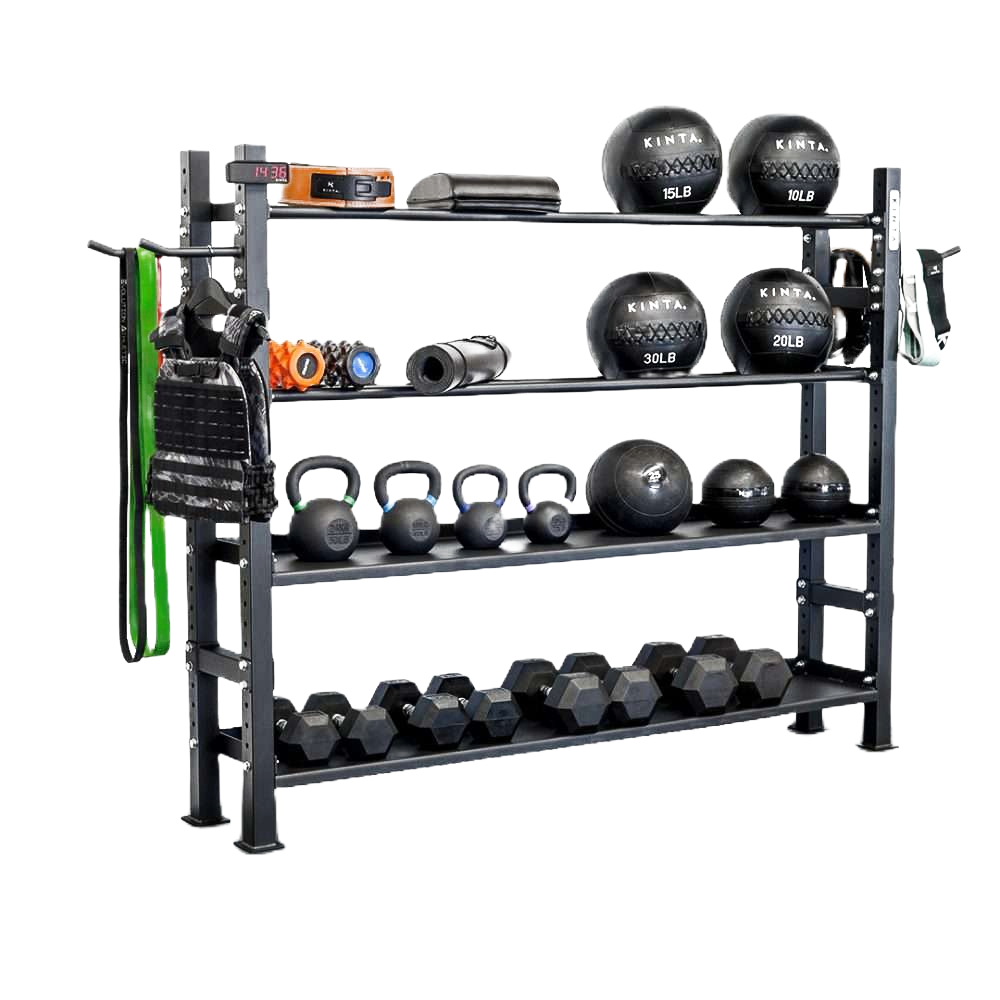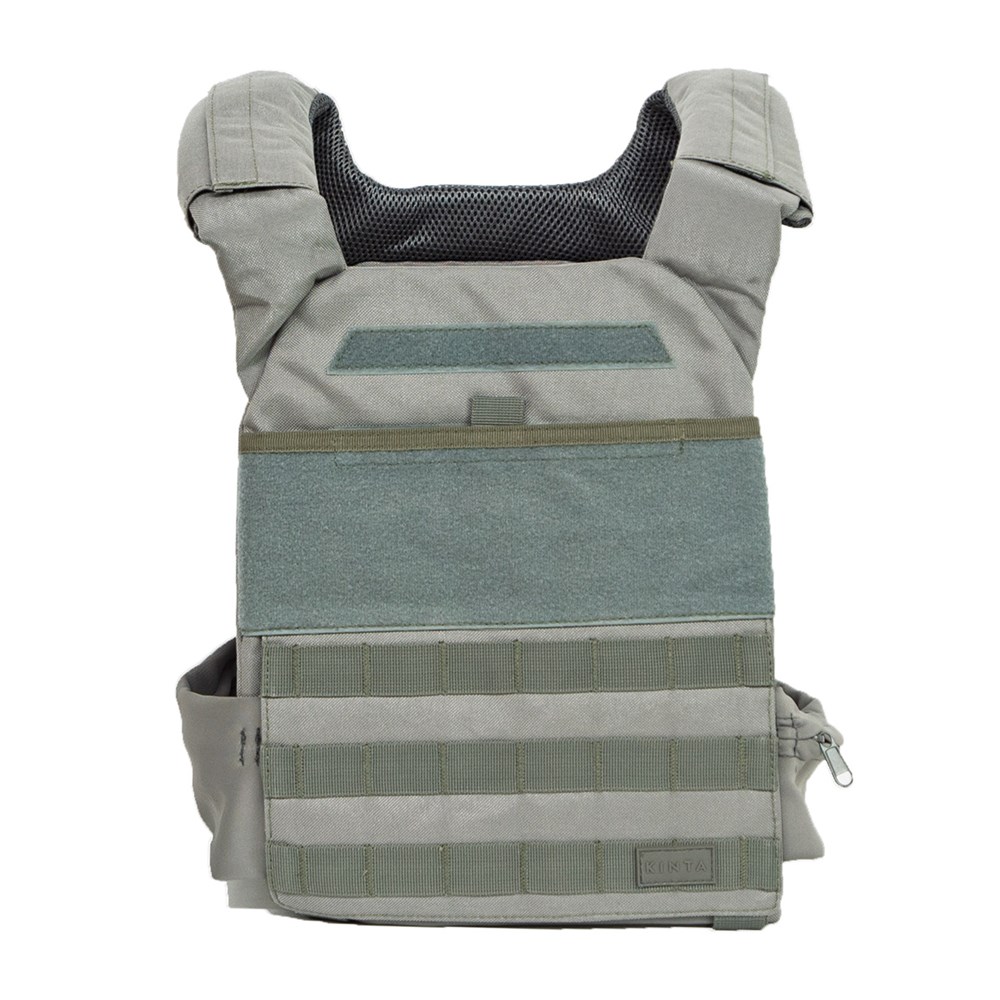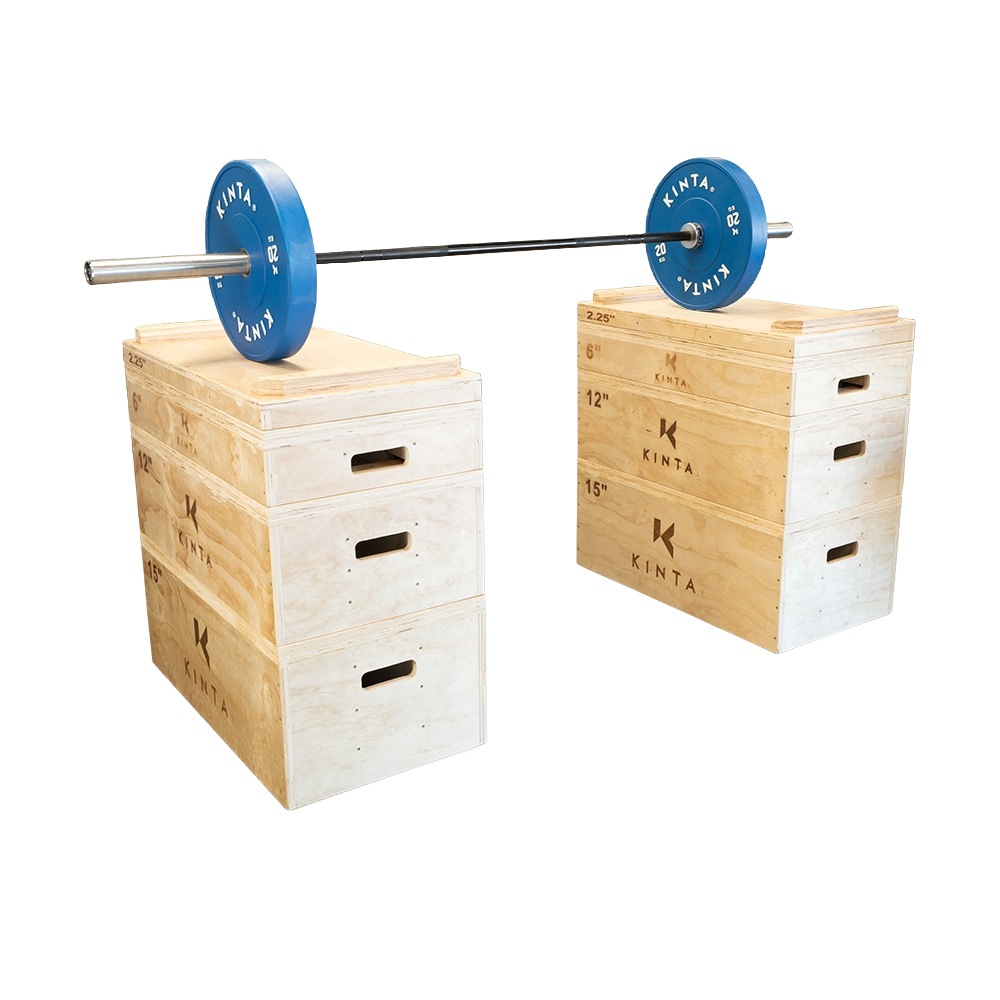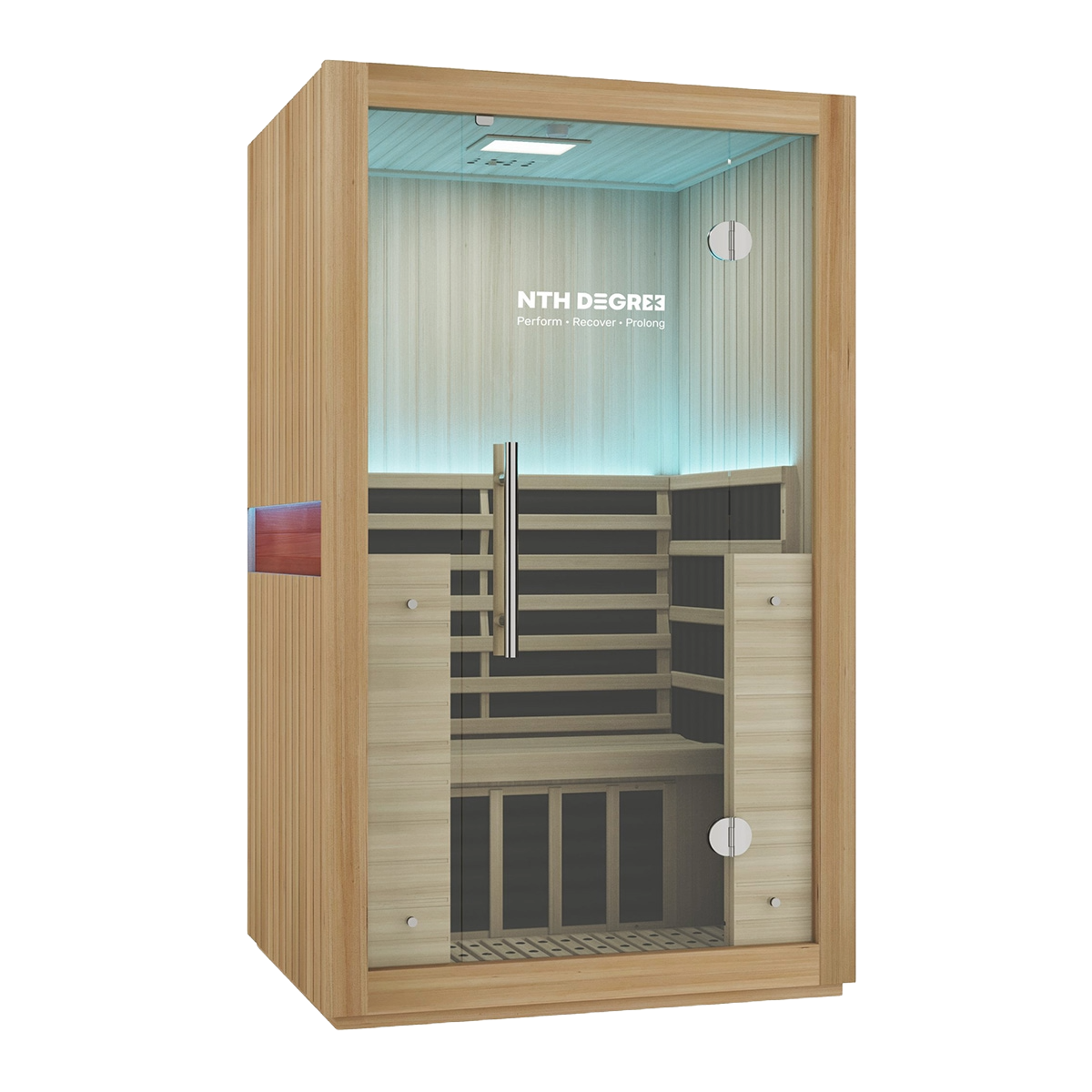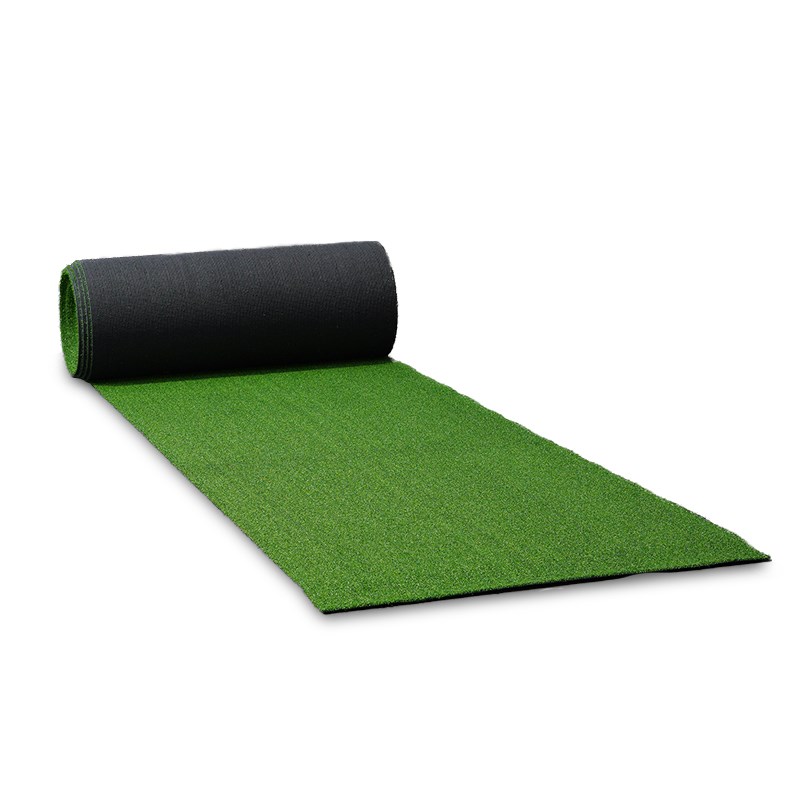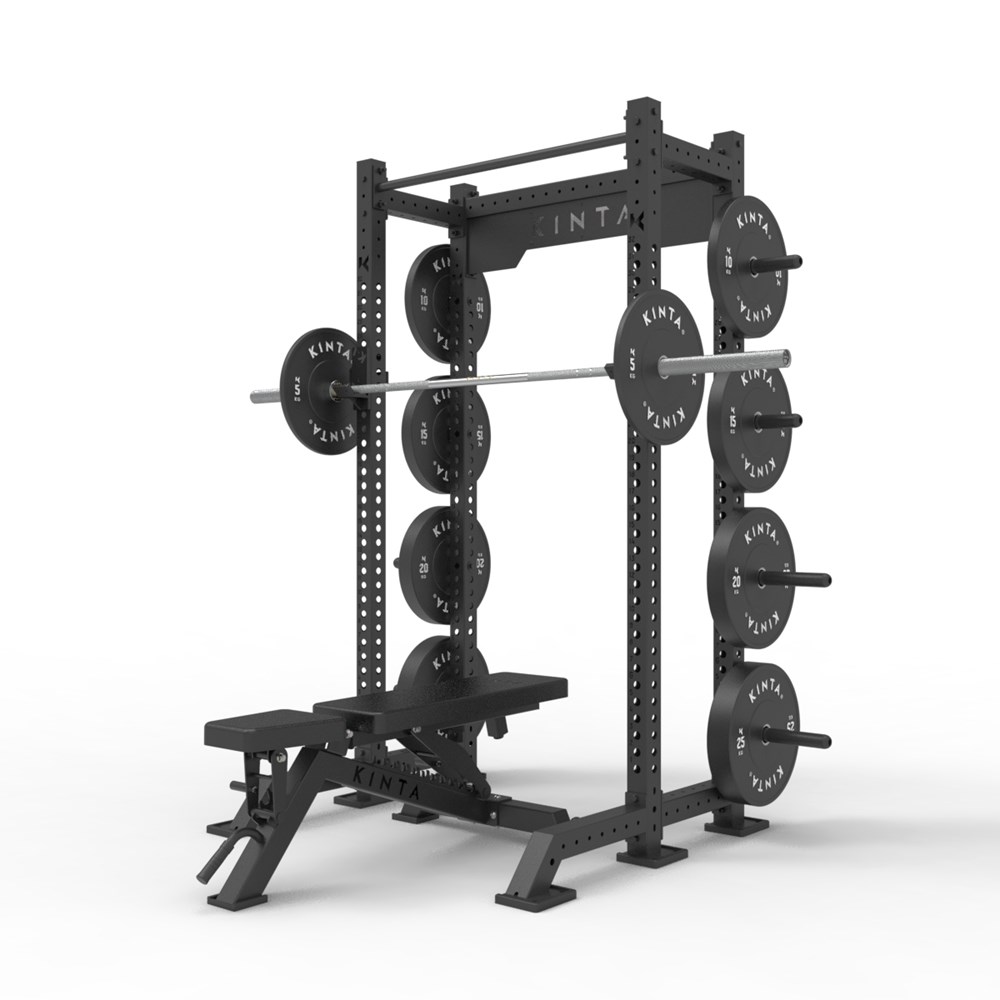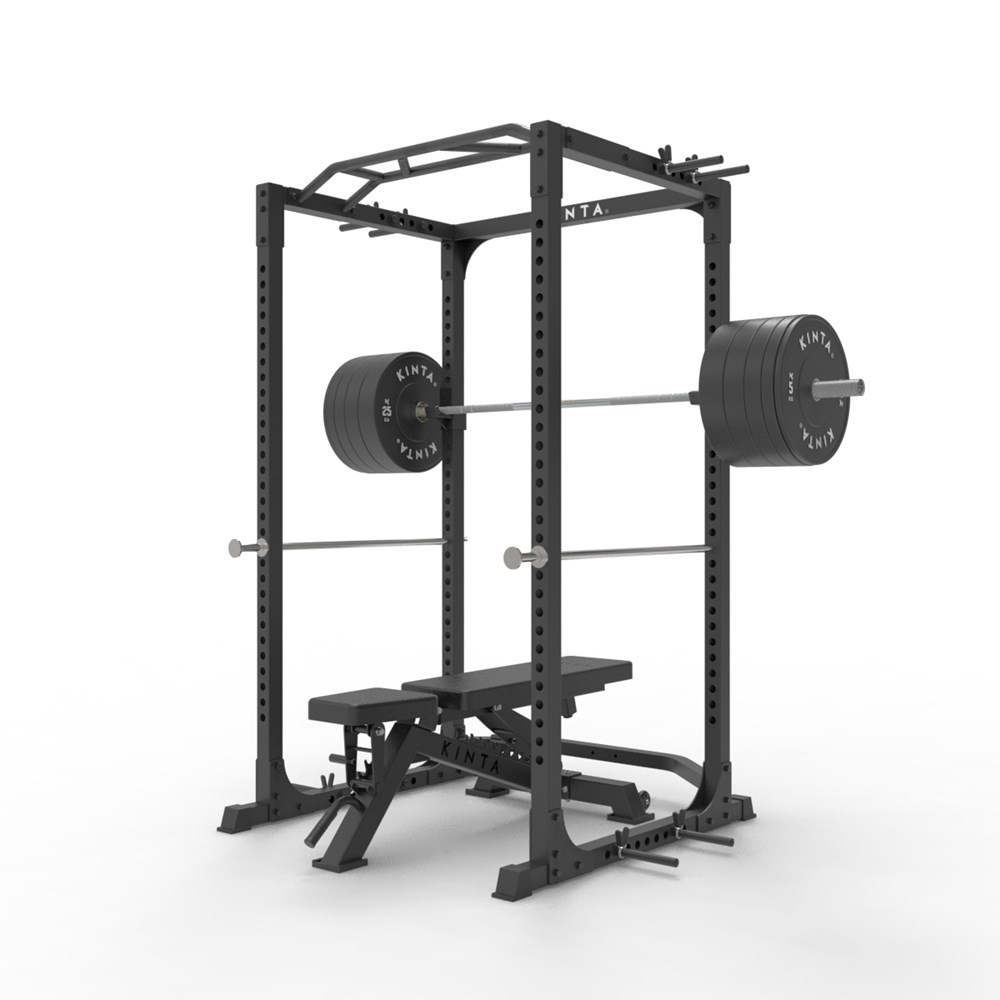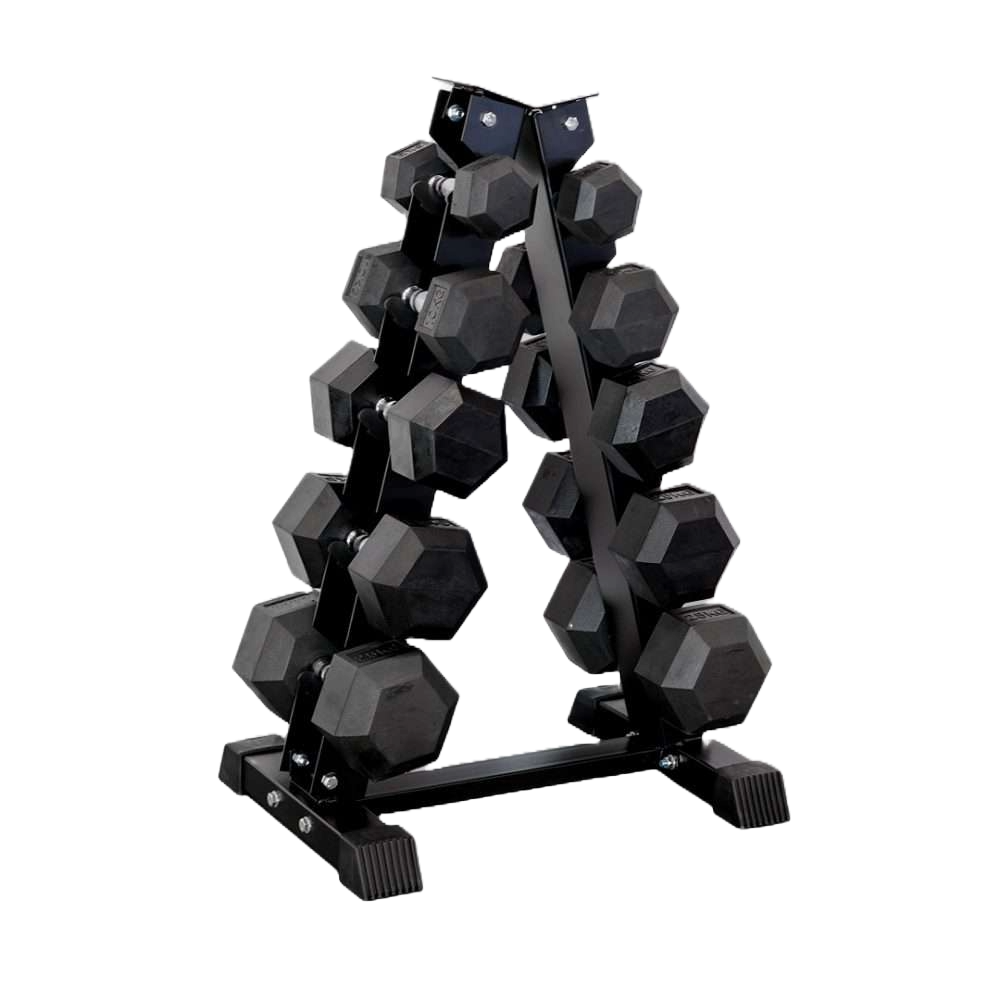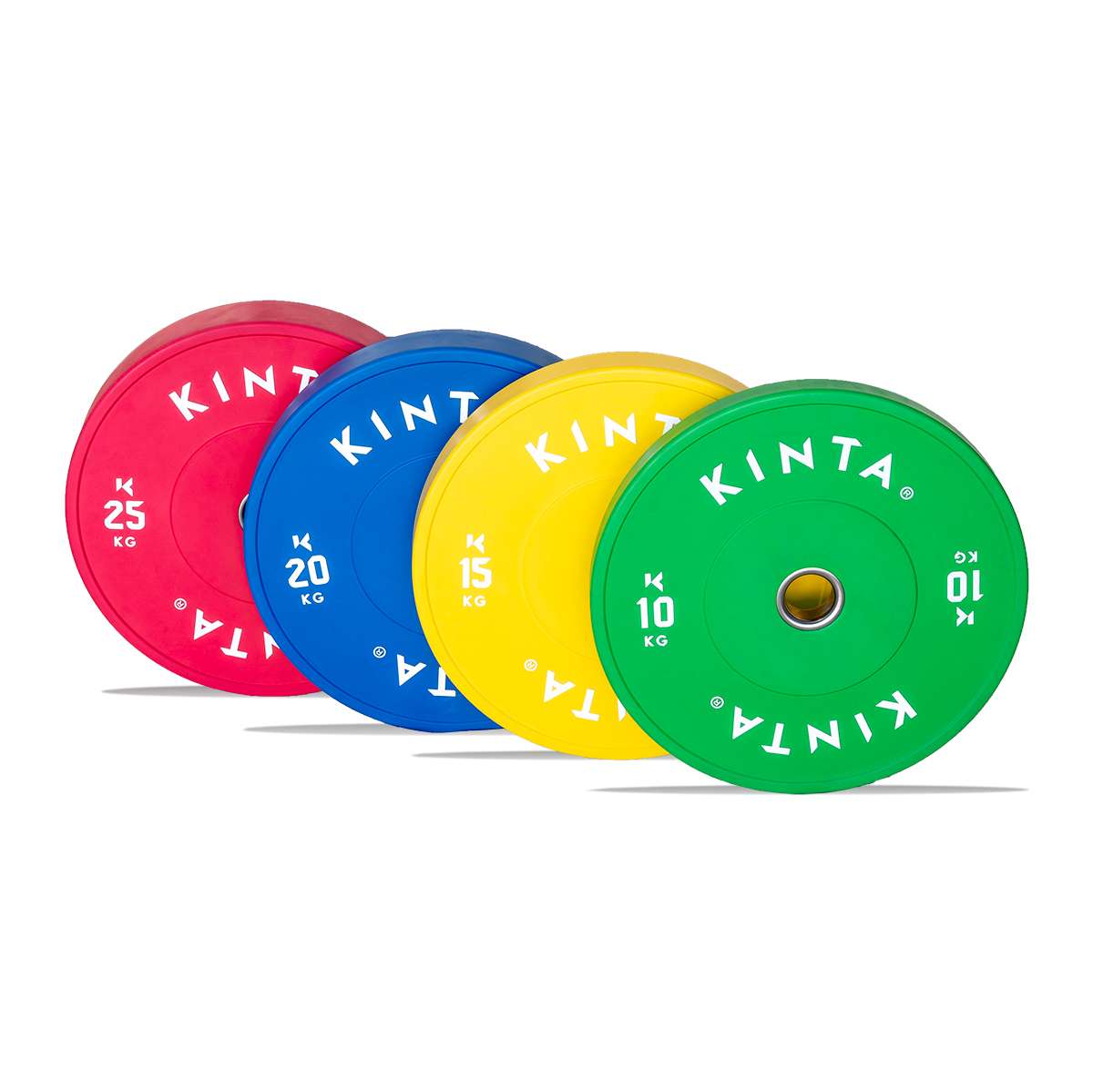The deadlift is one of the most versatile and effective strength training movements for overall strength. With a whole gamut of benefits and a very natural general movement, it’s no wonder everyone, from serious fitness enthusiasts to elite athletes and bodybuilders, uses it. But, before we can sum up the already clear reasons for why you should deadlift, we must first demystify all the different types of deadlifts out there and understand what is best for which situation.
Sumo deadlift
The Sumo deadlift is one of three different variations on the primary deadlift movement. The different variations are distinguished based on your feet width, hands/grip and arms position.
The sumo variation puts you in a more upright position, which makes it excellent for those with back issues that inhibit their ability to do straight-legged deadlifts comfortably.
The difference between this lift and others is in the starting position – for a sumo deadlift, you will have your feet outside of shoulder width and your hands on the inside edges of your feet.
If you want to do a safe and effective sumo deadlift, you need to understand a little bit about it first. This is one of the best exercises for building muscle mass in the thighs, hamstrings, and glutes. In addition to the direct workout, it can also help strengthen your core muscles because it requires you to stabilise yourself throughout the movement.
Sumo deadlift is essentially a wide-stance deadlift, which means it works the muscles in your hips, buttocks, thighs, and calves. It’s also an effective exercise for improving your balance and flexibility.
Conventional deadlifts
The conventional deadlift has been the mainstay of powerlifting for years. A great movement for those who are just getting started on their fitness journey or even for individuals looking to emphasise certain areas such as their legs and glutes.
It’s a powerhouse movement that significantly improves your strength, tones up your muscles and helps improve balance. Plus, you have the added benefit of working out at home or at the gym with minimal equipment to help you perform this exercise.
Conventional Deadlifts are an excellent exercise for building lower back and hamstring strength, so it is a must-have exercise in your workout routine for powerlifters and other strength athletes.
Trap Bar/Hex bar deadlifts
Mobility demands are less with this variation, making it best for beginners or people with injuries. The weight is placed at your sides rather than in front, which emphasises the quads. Because a Trap Bar/Hex Bar Deadlift looks like a squat, it is sometimes called DeadSquat. If your goal is weight loss, you can load the trap bar up with less weight and do more reps, so this would be the correct deadlift technique for you.
The primary types of deadlifts are the sumo deadlift, the conventional deadlift, and the trap bar deadlifts. You can perform all these exercises with equipment from Kinta fitness. Kinta fitness sells deadlift platforms and trap bars/hex bars to suit every need.
With multiple size deadlift platforms to suit your home gym or commercial gym needs, there is a deadlift platform that is perfect for you. Kinta also sells all different trap bars ranging from 4ft trap bars, 5 ft trap bars, and 6 ft trap bars to suit your deadlifting needs.
on March 18, 2022
